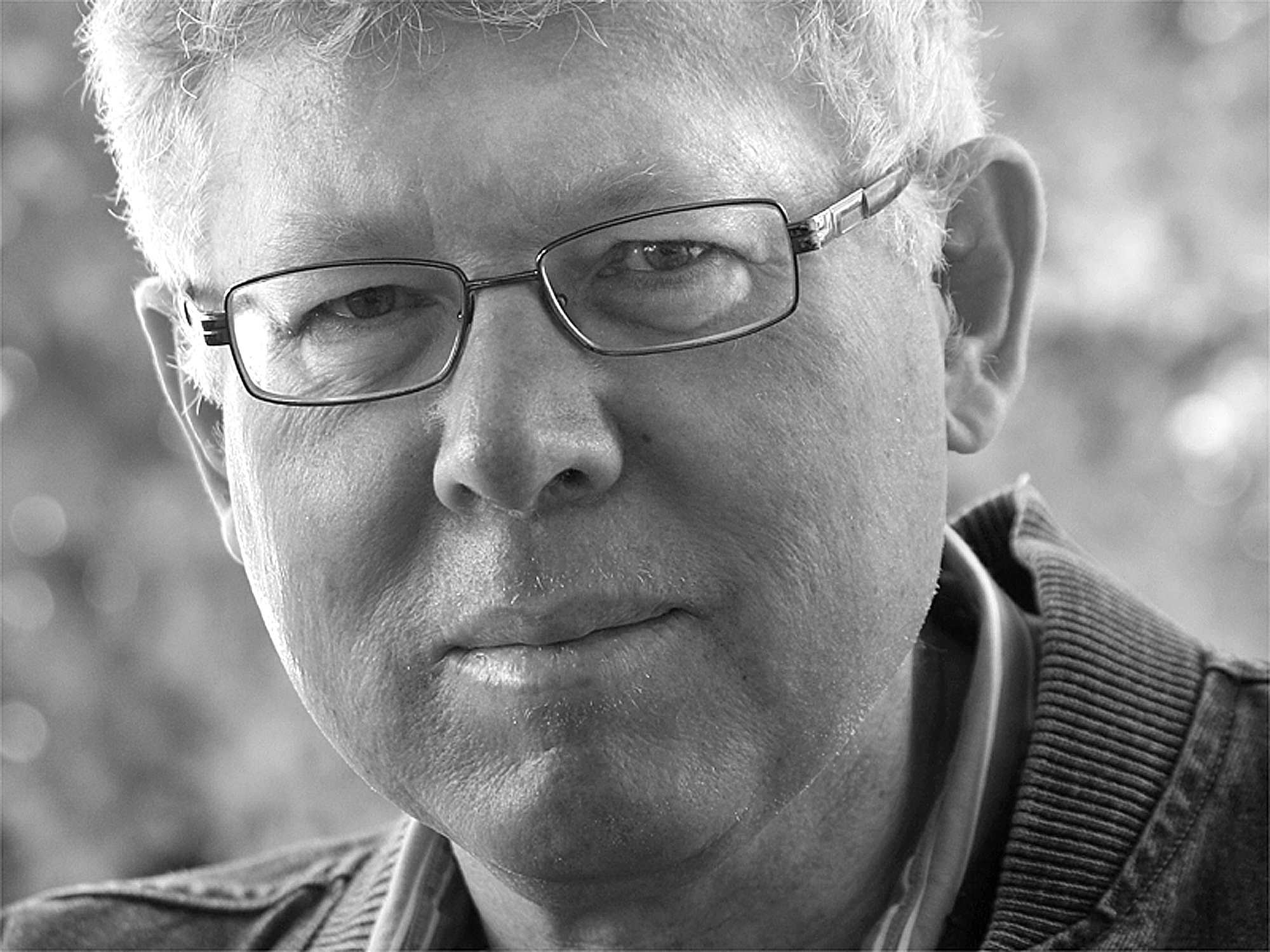Columnists
The masterpiece

Most readers will know my compatriot at The Times, Conrad Beaubien, as a man of many parts—filmmaker, musician, visual artist and playwright, to name a few. But perhaps not everyone knows him as a man with a sharp eye for a bargain, and as an inveterate collector of things that might prove useful someday, even if classified as junk by others.
Not long ago, Beaubien was mooching around garage sales in the HIllier area when he came across a canvas that caught his eye. Priced at only five dollars—and purchased by him for an even cheaper three dollars— the picture is titled “Still life with Shreddie Box” and displays a large box of Shreddies on a breakfast table, alongside a couple of spoons and cereal bowls.
“What caught my eye was the brushwork,” says Beaubien. “It was very fine, almost hyper-realistic in style. But then I started looking at the work a little more closely, and I began to get the artist’s point. The shadows cast by the large box of cereal are ominous and create a sense of foreboding. The rendering of the cereal box clearly shows a mix of diamond and regular shaped Shreddies, which represents how little we know about what concatenations of fate life will hand us. And the setting invites us into that most basic of human dilemmas: how can I make sure I serve myself enough but not too much? Will I be able to achieve the right balance between milk, sugar and cereal?”
“I had to have it.” And so he bought it. But then a funny feeling overcame him. Apart from the title printed on the back, it had no artist’s initials. And yet the work kept reminding him of another artist. He couldn’t put his finger on it, until news of the passing of famous Canadian artist Alex Colville hit the airwaves last month. What, thought Beaubien, if I’m sitting on a previously uncatalogued work by the great man? What a discovery for the art world, and a stroke of luck for me.
Colville experts were a little skeptical at first, noting the absence of a loaded gun in the picture, or of a human form seen in half view. Nevertheless, Beaubien had a contact at Queen’s University, who offered to perfom a state-of-the-art digital mass spectography blood plasma analysis, at cost. And what Beaubien was told was nothing short of astonishing— there was every indication that the barnboard material used as the painting’s canvas had been covered at one point with a unique soil known as Hillier Loam, meaning that it had probably been painted in the County. And since Colville did not to anyone’s knowledge spend time in the County, it tended to rule him out as the artist, even though paint analysis could not.
But who was the artist? At this point, Beabien put on his brainstorming hat. Could it be Salvador Dali? Marc Chagall? Henri Matisse? And then, in another strange twist, Beaubien’s son Luc returned from a trip to visit family in New Brunswick. On entering the house, Luc immediately asked his father where he had found “the Shreddie painting.”
And then the penny dropped. The artist who had painted the work was none other than Conrad Beaubien himself. (“No wonder I liked the brushwork,” he noted.) The work had been created for Luc to take to school as a show and tell project about what his father did for a living. It had been deposited with the teacher and never made its way back home after school had ended. Beaubien had completely forgotten about the work. It had probably ended up at the garage sale after the teacher’s year-end clearout.
And who stands to benefit from the find? Well, according to Beaubien, he’ll be able to re-sell it and recoup his costs of buying it and seeking forensically to determine its provenance. But, he says, the recovery of the lost work has inspired him to do a whole series of still life works, to be displayed at his next one-man show. “I think I’ll call it The Breakfast Series,” he notes; “you know, ‘Still life with pancakes,’ ‘Still life with oatmeal,’ ‘Still life with scrambled eggs and toast’ – that sort of thing. All the questions that the original Shreddies canvas asks are still hanging there.” Except, of course, the question of who painted it in the first place.
Conrad’ s next exhibition will be at the SideStreet Gallery during the month of November. This piece was inspired by a recent Globe and Mail article about an Owen Sound man’s attempt to prove that a painting he bought on eBay for $585 is in fact a genuine painting by the 20th Century American artist Edward Hopper. If successful, he stands to reap millions.
dsimmonds@wellingtontimes.ca

Comments (0)